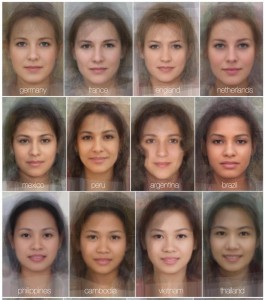To smile or not to smile
I was given an article about smiling and portraits over the years. Fascinating.
"Smiling also has a large number of discrete cultural and historical significances, few of them in line with our modern perceptions of it being a physical signal of warmth, enjoyment, or indeed of happiness. By the 17th century in Europe it was a well-established fact that the only people who smiled broadly, in life and in art, were the poor, the lewd, the drunk, the innocent, and the entertainment – some of whom we’ll visit later. Showing the teeth was for the upper classes a more-or-less formal breach of etiquette. St. Jean-Baptiste De La Salle, in The Rules of Christian Decorum and Civility of 1703, wrote: There are some people who raise their upper lip so high… that their teeth are almost entirely visible. This is entirely contradictory to decorum, which forbids you to allow your teeth to be uncovered, since nature gave us lips to conceal them. Thus the critical point: should a painter have persuaded his sitter to smile, and chosen to paint it, it would immediately radicalise the portrait, precisely because it was so unusual and so undesirable. Suddenly the picture would be ‘about’ the open smile, and this is almost never what an artist, or a paying subject, wanted."










